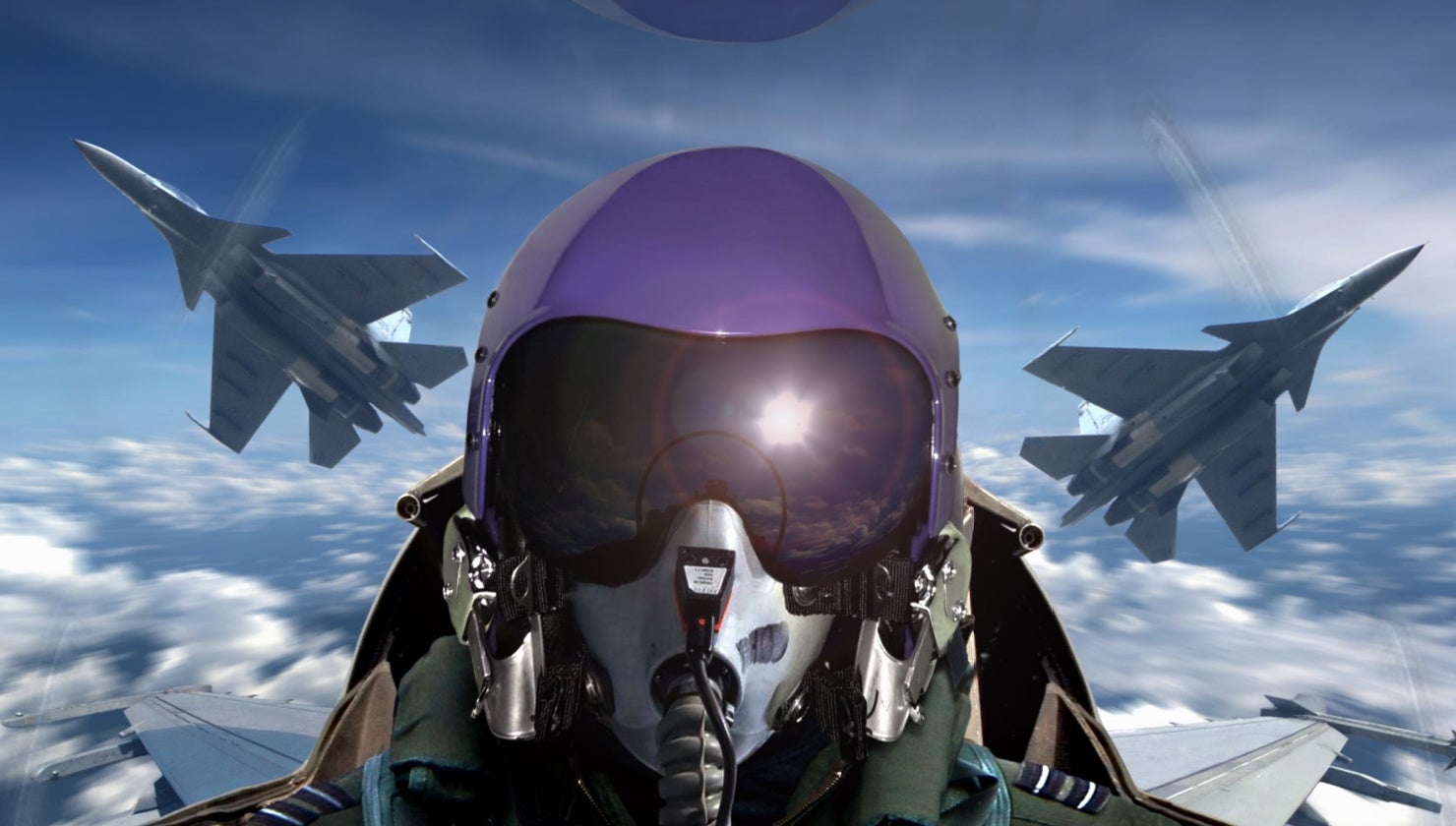SOURCE: RAUNAK KUNDE / NEWS BEAT / IDRW.ORG

The Indian Air Force (IAF) is navigating the evolving landscape of artificial intelligence (AI) in combat aviation. While the US has made significant strides with its AI-controlled F-16 “Vista,” India’s approach appears more measured, favouring a collaborative model for the time being.
The success of the Vista program in the US, where AI has reportedly surpassed human pilots in simulated dogfights, has undoubtedly captured the IAF’s attention. However, concerns regarding the technology’s current limitations remain. The IAF leadership views fully AI-controlled fighter jets as unpredictable, highlighting the need for further development and refinement.
While wary of complete AI control, the IAF seems receptive to the concept of unmanned aerial vehicles (UAVs) operating alongside manned fighter jets. This is evident in India’s indigenous development program for the CATS Warrior Loyal Wingman. This unmanned aircraft, designed by state-owned Hindustan Aeronautics Limited (HAL), signifies India’s interest in leveraging UAV technology for enhanced combat capabilities.
India’s ambitious AMCA (Advanced Medium Combat Aircraft) program offers another glimpse into the IAF’s vision for future fighter jets. While the AMCA will not possess AI capabilities, it will incorporate advanced automation features. These features, similar to the auto take-off and landing systems already deployed on the LCA-Navy MkI, aim to reduce pilot workload and enhance operational efficiency.
The IAF’s cautious approach reflects a preference for a gradual integration of AI into its fighter jet operations. The current leadership, perceived as “old school” by some, may be more comfortable with a pilot-centric approach, gradually incorporating AI as a supporting tool. A generational shift within the IAF ranks might be necessary for a more complete embrace of AI piloting.
India’s exploration of AI for fighter jets represents a calculated approach. While the IAF acknowledges the potential of AI, it prioritizes the development of unmanned aerial vehicles and explores automation features for manned aircraft. Only time will tell how quickly the IAF embraces full AI control, but its current strategy suggests a measured and well-considered path forward.
NOTE : Article cannot be reproduced without written permission of idrw.org in any form even for YouTube Videos to avoid Copy right strikes. Websites doing illegal reproductions will get DMCA and Legal Notices.